Marginal Aquatic Plants
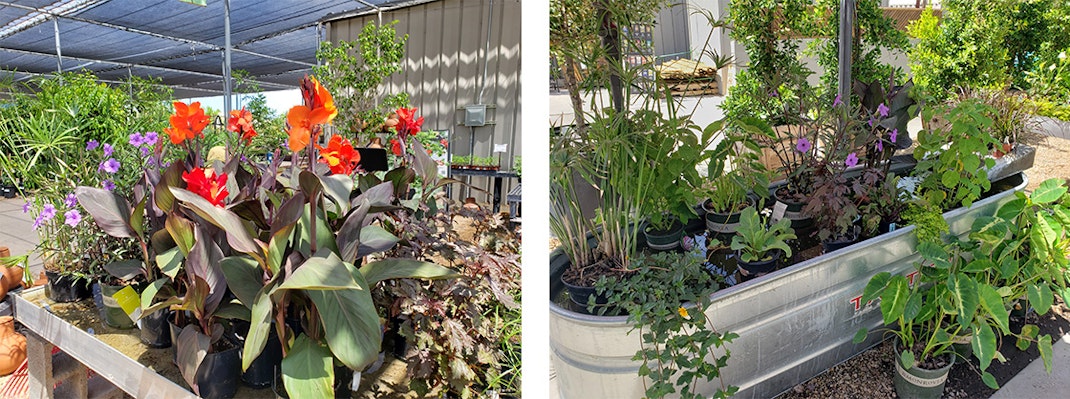
Aquatic/Water Plants
To learn about seasonal aquatic plants that may still be available for your water garden, click the button below:
Marginal Plants
Also known as emergent plants, marginal plants are aquatic plants that thrive in the transition zone between land and water, typically found at the edges of ponds, lakes, and streams. Their roots are below the waterline and their foliage grows above.
Generally speaking, marginal plants play a crucial role in stabilizing the shoreline, providing habitat for aquatic creatures, and enhancing the aesthetics of water features.
Many of the below varieties are available throughout the year. To confirm availability, we recommend reaching out to your preferred SummerWinds Nursery location.
Here's how you can best utilize the following plants as marginal aquatic plants:
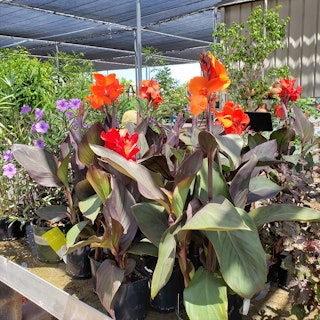
Canna Lily
Canna lilies are well-suited for marginal aquatic planting. Plant them in containers or directly in the soil at the water's edge. They prefer moist soil and can tolerate being partially submerged. Canna lilies offer vibrant flowers in various colors and attractive foliage.
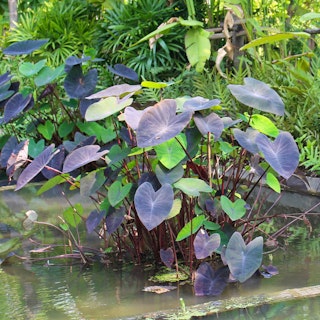
Colocasia
Colocasia, commonly known as elephant ears, thrive in wet conditions and make excellent marginal aquatic plants. Plant them in shallow water or moist soil at the water's edge. Colocasia adds a tropical touch with its large, striking leaves and can create a dramatic focal point.
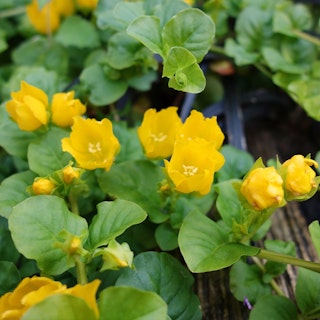
Creeping Jenny
Creeping Jenny, also known as Lysimachia nummularia, is a low-growing, creeping plant that works well as a marginal aquatic plant. It can be planted in pots, hanging baskets, or allowed to creep along the water's edge. Creeping Jenny features bright yellow flowers and dense foliage that cascades beautifully.
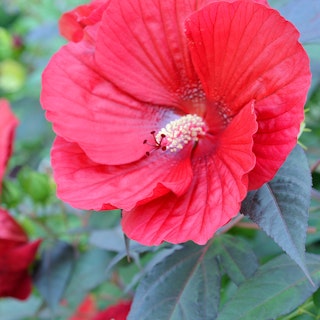
Hibiscus moscheutos
This species of hibiscus is often called the swamp rose mallow and is suitable for marginal aquatic planting. Plant it in moist soil or at the water's edge, where it can tolerate periods of flooding. Hibiscus moscheutos produces large, showy flowers in various colors, adding a vibrant display to your water feature. Typically available for purchase in late-spring and summer.
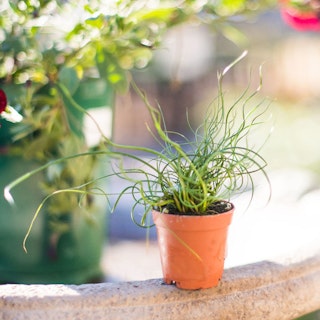
Juncus
Juncus, commonly known as rush, is a versatile plant that can grow in both wet and dry conditions. It can be planted directly in the soil at the water's edge or in shallow water. Juncus adds a natural, grass-like texture to the marginal zone and provides habitat for small aquatic creatures. Pictured: Corkscrew Juncus.
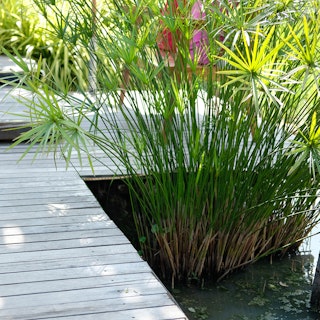
Papyrus
Papyrus is a tall, architectural plant that thrives in wet conditions. It can be grown as a marginal aquatic plant by planting it in pots or directly in the soil near the water. Papyrus adds height and visual interest with its tall, slender stalks and umbrella-like clusters of foliage.
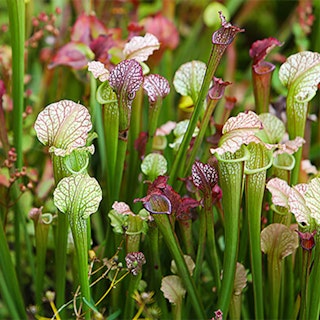
Pitcher Plants
Pitcher plants, such as Sarracenia species, are carnivorous plants that can be grown as marginal aquatic plants in boggy areas. They require acidic soil and prefer to have their roots constantly moist but not submerged. Pitcher plants attract insects with their specialized pitcher-shaped leaves, which provide an interesting and unique addition to the water's edge.
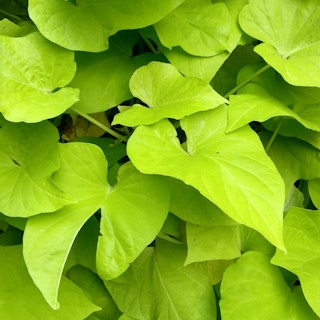
Potato Vine
Ipomoea Potato Vine, also known as sweet potato vine (Ipomoea batatas), can be planted in pots or directly in the soil near the water's edge, making it an excellent choice for creating a soft transition between land and water. The vine's trailing habit allows it to cascade gracefully, adding a lush and flowing aesthetic to the marginal zone with its vibrant foliage—in various shades of green, purple, or variegated patterns. It prefers moist soil and can tolerate partial submersion, making it adaptable to fluctuating water levels.
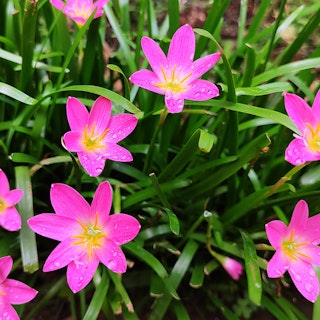
Rain Lily
Rain lilies, also called Zephyranthes, are small, bulbous plants that thrive in moist conditions. Plant them in the soil at the water's edge or in shallow water. Rain lilies produce delicate, trumpet-shaped flowers in various colors, adding a touch of elegance to the marginal zone.
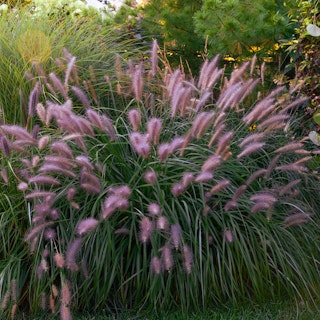
Red Fountain Grass
While red fountain grass, or Pennisetum setaceum 'Rubrum,' is primarily a terrestrial plant, it can be grown near the water's edge to create a soft transition. Plant it in well-draining soil, slightly away from the water but close enough to benefit from the moisture. The attractive red foliage and feathery plumes of the grass add texture and movement to the landscape.
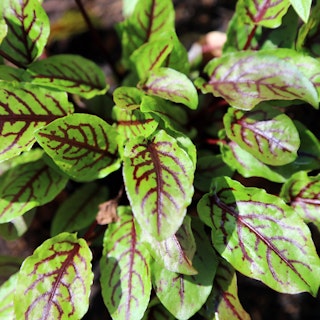
Red Veined Sorrel
Red veined sorrel, or Rumex sanguineus, is an edible herb that can be grown as a marginal aquatic plant. It prefers moist soil and can tolerate some waterlogging. The plant features attractive red-veined leaves, which are not only ornamental but can also be used in salads or as a garnish.
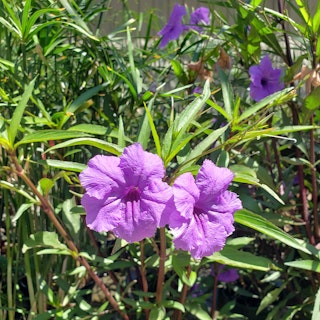
Ruellia
Ruellia, commonly known as wild petunia, is a versatile plant that can adapt to various growing conditions, including marginal aquatic planting. Plant it in moist soil or shallow water at the water's edge. Ruellia produces trumpet-shaped flowers in shades of purple, pink, or white, that will attract beneficial pollinators to your water feature.
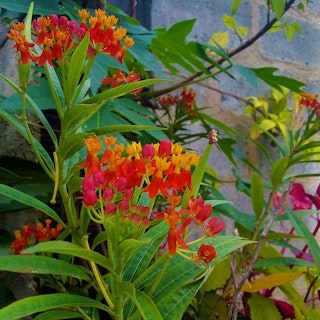
Tropical Milkweed
Tropical milkweed, or Asclepias curassavica, is a perennial plant that can thrive in the marginal zone. It prefers moist soil and can tolerate periodic flooding. Tropical milkweed attracts butterflies with its vibrant orange and red flowers, making it a valuable addition for wildlife enthusiasts.
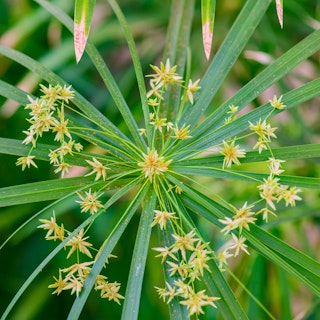
Umbrella Grass
Umbrella grass, or Cyperus alternifolius, is a water-loving plant that is well-suited for marginal aquatic planting. It can be grown in pots, containers, or directly in the soil near the water. Umbrella grass produces clusters of umbrella-like foliage, adding a unique architectural element to the water's edge.
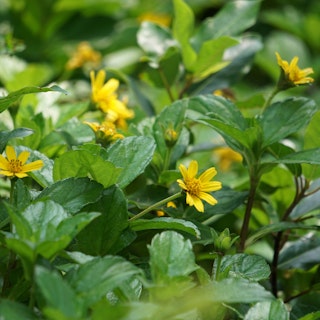
Wedelia
Wedelia, also known as creeping daisy, is a low-growing, spreading plant that can be grown as a marginal aquatic plant. It thrives in moist soil or shallow water and can tolerate some flooding. Wedelia features yellow daisy-like flowers and forms a dense ground cover, helping to stabilize the soil along the water's edge.
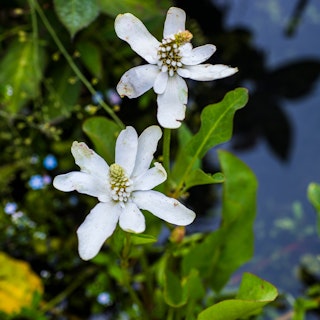
Yerba Mansa
Yerba Mansa (Anemopsis californica) can be used as a marginal aquatic plant in various ways. It can be planted at the water's edge or in bog gardens, rain gardens, and containers. Yerba Mansa is well-suited for stabilizing soil and controlling erosion, and its dense foliage provides habitat for wildlife. With its unique white flowers and pleasant fragrance, Yerba Mansa adds beauty and aromatic appeal to water gardens or ponds.
When selecting plants for a marginal aquatic environment, it's essential to consider their specific water and soil requirements so you can create a visually appealing and well-balanced water garden.
To confirm availability, we recommend reaching out to your preferred SummerWinds Nursery location.

